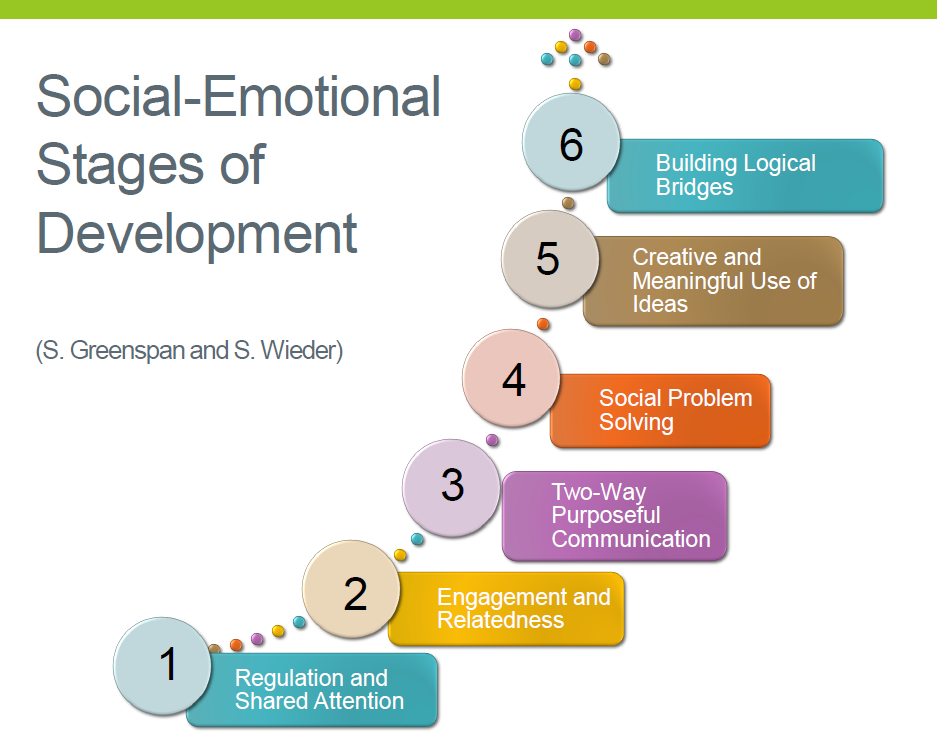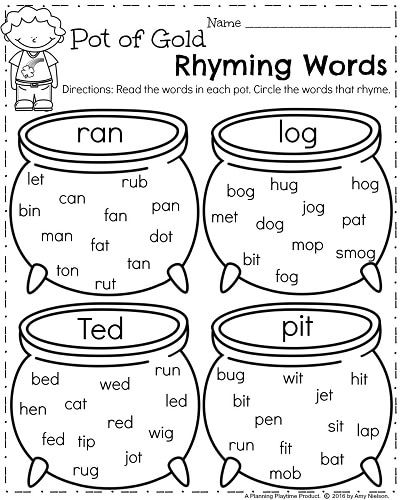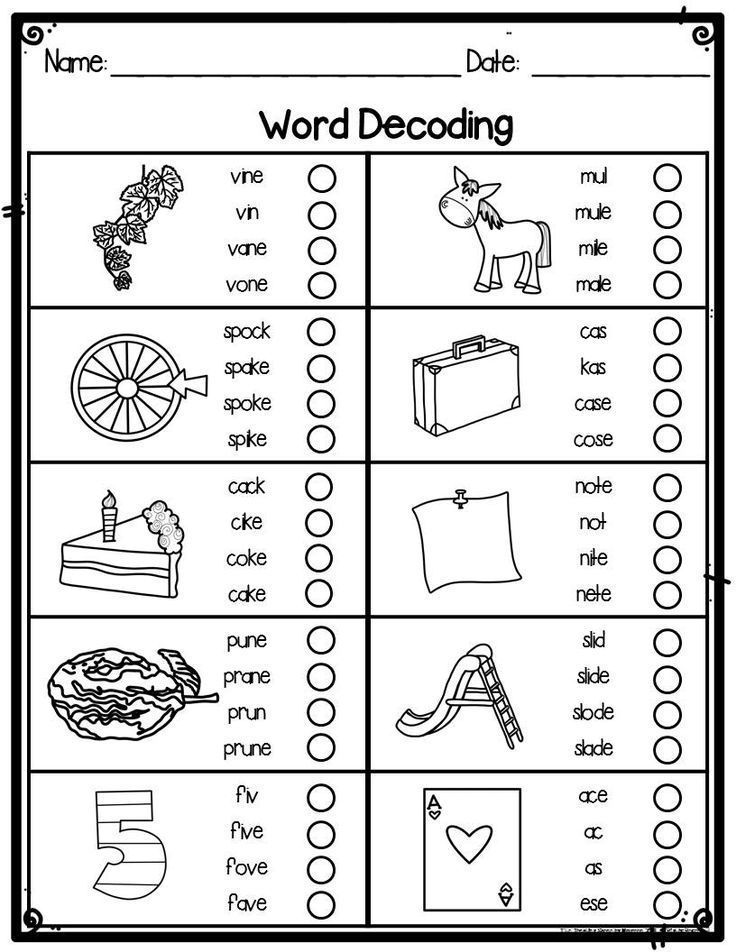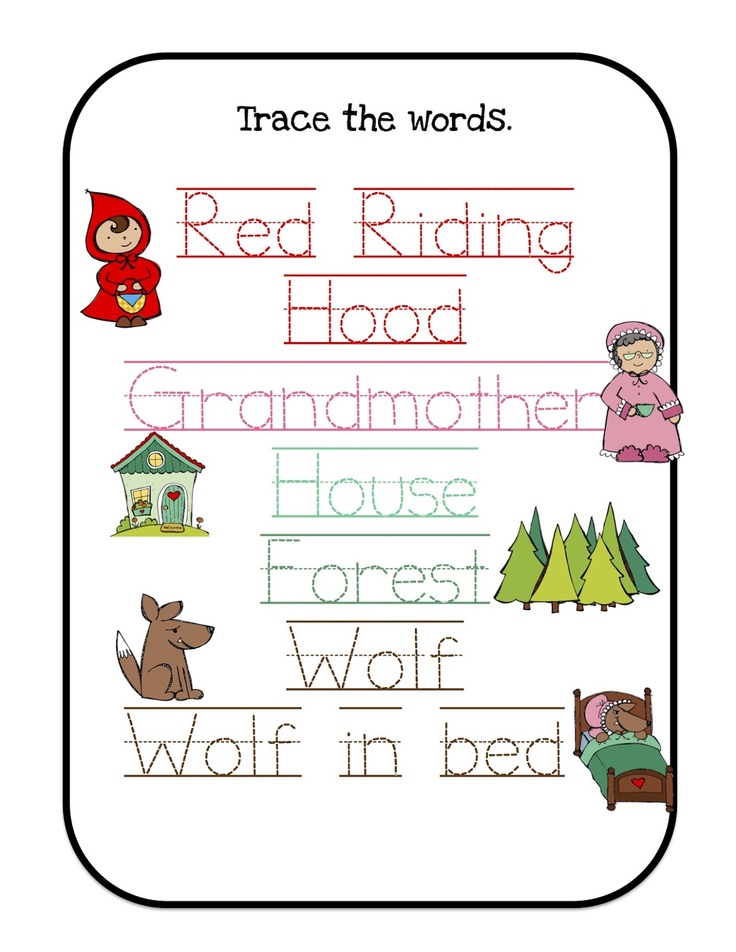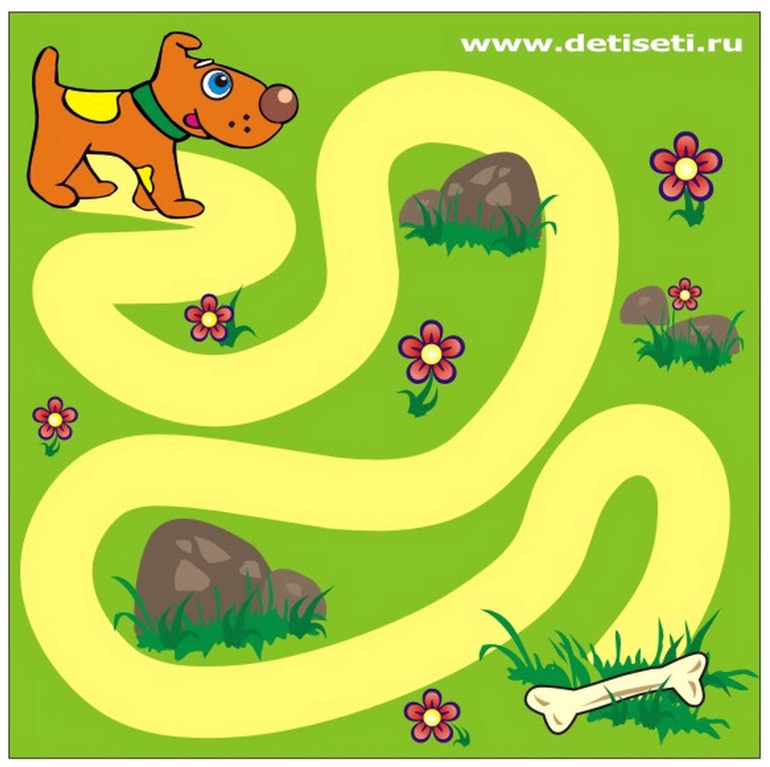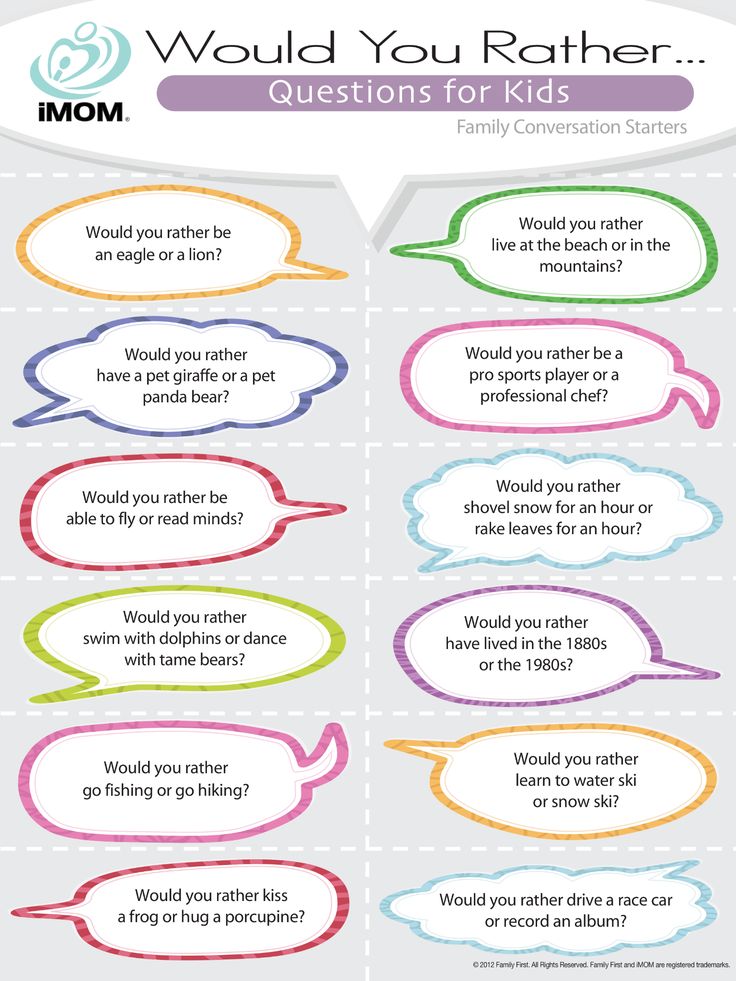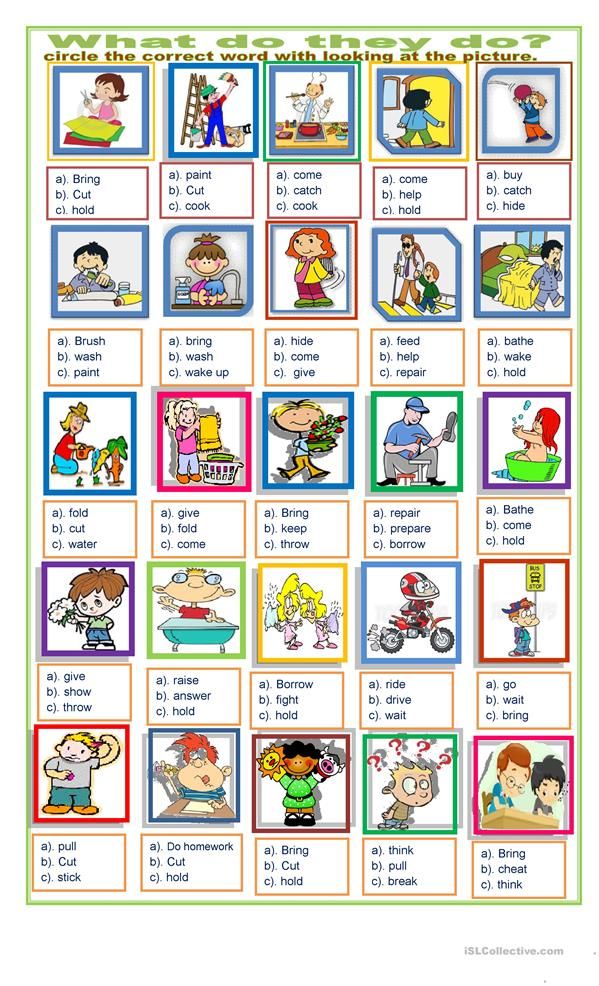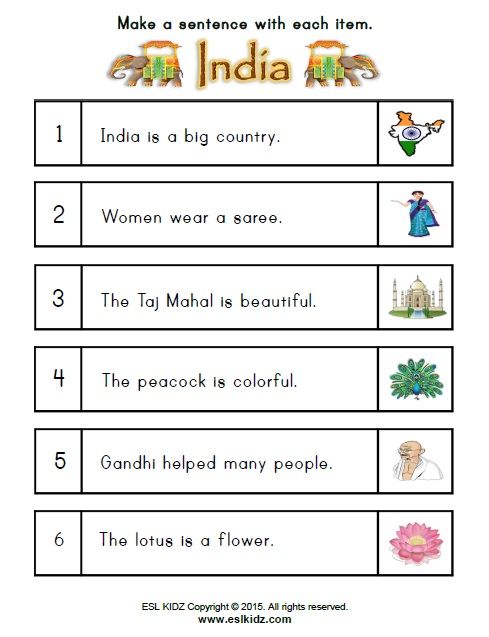Social play stages
Social stages of play for children 0-6+ years
Any activity that your child does (whether organised or unstructured) that they find fun is considered play. Play is much more than just having fun. While playing, your child learns and develops important skills they will continue to use throughout their lifetime.
There are 6 stages of play during early childhood - all of which are important for all areas of development.
Unoccupied play – 0-3 months
- Babies move their arms and legs with no purpose. They are learning to move and it is the beginning of play.
- Babies are observing their world.
Solitary play – 0-2 years
- Children often play alone and appear to be uninterested in what others are doing.
- This is important because it teaches children how to entertain themselves.
Onlooker play – 2 years
- Children observe others play but do not join the play. They will often use language to find out more about the play.
- This is a common form of play at 2 years but can take place at any time.
Parallel play – 2-3 years
- Children play next to each other but with very little involvement with each other. They may have similar toys and copy each other.
- Social skills are being learnt by observation.
Associate play – 2-3 years
- Children are more interested in playing with others than with toys.
- They may talk and engage with one another.
- They may trade toys.
- There are no rules.
- This kind of play develops problem solving/cooperation.
Cooperative/social play – 4-6 years
- Children are interested in both the people and the activity.
- Groups are more formalised with a leader.
- Children may be assigned different roles.
- The play is organised around specific tasks and to accomplish goals developed by the group.
- This kind of play brings together skills from all other stages.

- Necessary for social and group interaction.
- After 6, most play is divided in male/female groups.
Play is important because:
- We are biologically wired to play.
- It gives children the opportunity to practice skills they will need in the future.
- It encourages decision making skills.
- It teaches children how to work together.
- It teaches children how to resolve conflicts and advocate.
- It allows children to discuss what they enjoy.
Play is so important that the United Nation Convention on the rights of the child states in article 31 that children have the right “to engage in play and recreational activities.”
If your child is having difficulty learning to play with others you can:
- Have playdates with one other child initially.
- May need an adult to be involved in play.
- Find moments to teach/model play during parties/structured activities.
- Play family activities like board games/gross motor games.

Some games to play at home:
- Imaginary play with household items.
- Play in sandpit.
- Play with outside toys.
- UNO
- Lego and building toys.
- Trouble – board game.
- Cook together with your children and others.
- Dress up play.
- Play with recycled household items.
If your child is struggling with play by themselves or with others when older, speak to your GP, community nurse, occupational therapist, or speech pathologist.
Stay safe, happy, and well,
Deb
Social Stages of Play — Encourage Play
Do you know how my 5th grade teacher taught us the planets? She sang it to us. When her former students would come back and visit, she would always ask if they remembered the order of the planets. And they’d all end up singing it back to her. Imagine these big high school juniors and seniors singing in the middle of a 5th grade class?!
And even now, when I say the order of planets, the melody plays in my head.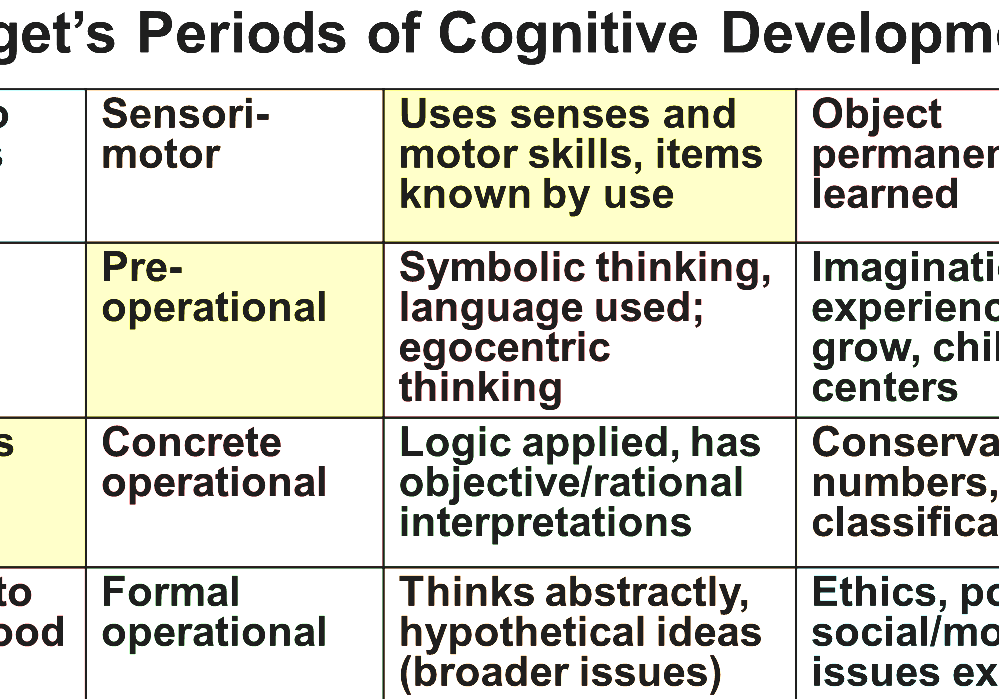 It stuck with me. Because I learned it through play.
It stuck with me. Because I learned it through play.
The best way to learn anything is through play. Children can not only learn about science, math and engineering through play, but they can also learn important social skills while playing. Children can learn about problem solving, advocating for themselves, decision-making skills, working in groups, sharing and resolving conflicts.
As children develop and grow, so does their way of playing. Mildred Parten did some great work observing youngsters at play, and developed the stages of social play for children. Let’s take a brief look at how social play develops and changes over time for children. There are six stages of social play and it starts at birth.
1. Unoccupied playI know this can be hard to believe, but play starts at birth. You know those random movements that Infants make with no clear purpose? This is actually the beginning of play.
2. Solitary playThis stage, which starts in infancy and is common in toddlers, is when children start to play on their own.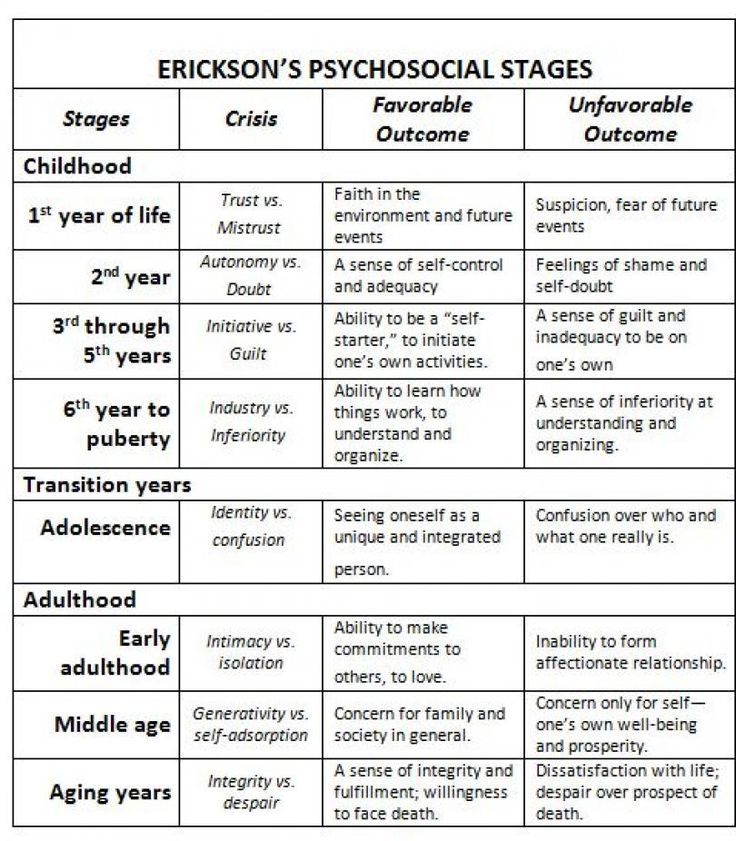 When engaged in solitary play, children do not seem to notice other children sitting or playing nearby during this type of play. Just because it starts in infancy and toddlerhood doesn’t mean it needs to stop. All age groups can (and should!) have some time for independent, solitary play.
When engaged in solitary play, children do not seem to notice other children sitting or playing nearby during this type of play. Just because it starts in infancy and toddlerhood doesn’t mean it needs to stop. All age groups can (and should!) have some time for independent, solitary play.
Onlooker play happens most frequently during the toddler years, but can happen at any age. This stage is when children watch others play. The child who is looking at the others who are playing may ask questions of other children, but there is no effort to join the play. This may happen when a child is shy, or unsure of the rules, or is hesitant to join the game.
4. Parallel playParallel play is usually found with toddlers, although it happens in any age group. Parallel play starts when children begins to play side-by-side with other children without any interaction. Even though it seems like they are not interacting, they are paying attention to each other. This is the beginning of the desire to be with other children. This stage really starts to lay the groundwork for the more complex social stages of play.
This is the beginning of the desire to be with other children. This stage really starts to lay the groundwork for the more complex social stages of play.
At around three to four years of age, they eventually become more interested in the other children rather than the toys. At some point, a child will start interacting more with the other child they are playing with; this is called associative play. They start asking questions and talking about the toys and what they are making. This is the beginning of understanding how to get along with others. During associative play, children within the group have similar goals (for example: building a tower out of blocks). However, they don’t set rules and there’s no formal organization.
6. Social playChildren will really begin to socialize starting around three or four. They begin to share ideas and toys, and follow established rules and guidelines. They play shop and figure out who will play what role.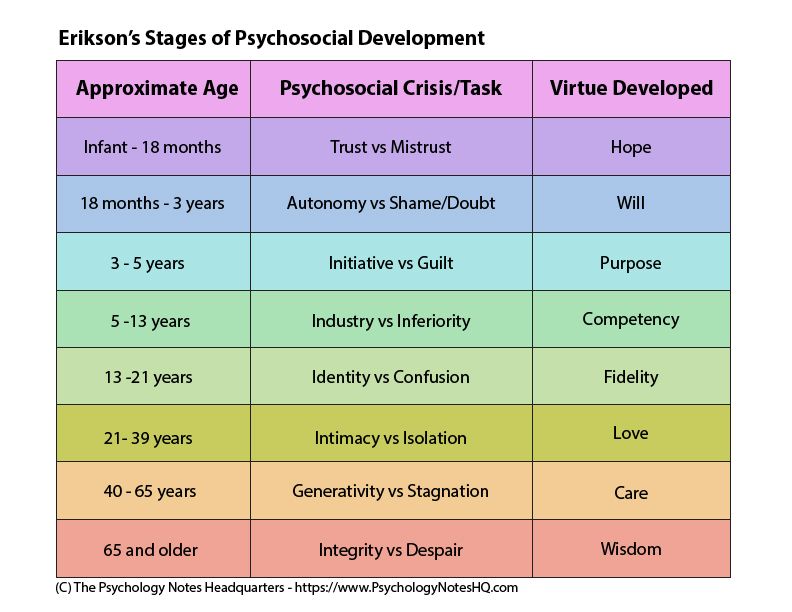 They can work together to build something or maybe play a simple game together. This is really where a child learns and practices social skills, like cooperating, being flexible, taking turns, and solving problems.
They can work together to build something or maybe play a simple game together. This is really where a child learns and practices social skills, like cooperating, being flexible, taking turns, and solving problems.
As children proceed in the stages of play, their play becomes more complex and involves more and more interacting with others. For children to practice social skills like cooperating, compromising and problem solving, the best way to do that is to let them play. They’ll remember the rhythms and melodies of social interactions much more smoothly if we allow them the time and space to play.
Here’s a free printable about the social stages of play that you can download (plus 5 more free printables) for you!
References
Parten, M (1932). "Social participation among preschool children". Journal of Abnormal and Social Psychology 28 (3): 136–147.
Social game. Game [How it affects our imagination, brain and health]
Social game
Social play, from the simplest game of peek-a-boo to the solemn ball, is of the utmost importance in human play behavior. Humans are social animals, and play is the gasoline that fuels the engine of social competence. Play allows society to function and individual relationships among many to flourish. Here are a few subtypes of social play that are easy to identify: friendly interaction and belonging to a group, rough outdoor games (fuss, brawls, etc.), festive and ritual play.
Humans are social animals, and play is the gasoline that fuels the engine of social competence. Play allows society to function and individual relationships among many to flourish. Here are a few subtypes of social play that are easy to identify: friendly interaction and belonging to a group, rough outdoor games (fuss, brawls, etc.), festive and ritual play.
Friendship and group membership
As I noted above, children begin social play through "parallel" action. Two children can sit side by side and play with sand, water, crayons, aware of each other's presence, but not directly interacting physically or emotionally. This kind of game serves as a bridge to more active gaming interaction. With parallel play, the child can come into contact with a neighbor and get involved in the game.
When a child is four to six years old, playing together becomes an ordeal, during which empathy for other children develops. By bringing their own imaginary elements into play, children hear what others have to offer and learn to understand their points of view.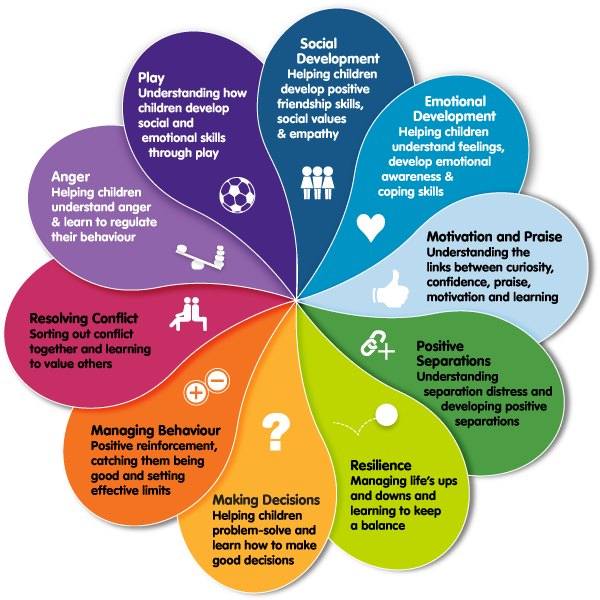 This joint game is the basic state of friendship, which we then enter throughout our lives. Mutual compromises and a shared infectious enthusiasm characterize healthy cooperative play.
This joint game is the basic state of friendship, which we then enter throughout our lives. Mutual compromises and a shared infectious enthusiasm characterize healthy cooperative play.
Rumble, fights, etc.
Animal and human studies of fighting games have shown that they are necessary to develop and maintain social awareness, cooperation, justice, and altruism. As a rule, their essence and importance are not realized, especially kindergarten teachers and restless parents, who often consider normal active play behavior when children hit each other, throw themselves at each other, fight (and all this with a smile, among friends), do not a state of the game, but an anarchy that needs to be controlled. The lack of such games in childhood makes it difficult to learn the compromise necessary for social interaction, and there is evidence that children deprived of the opportunity to play them, in adulthood, have a harder time controlling urges to violence. When we studied young killers in Texas many years ago, we found that they had no experience of rough outdoor games in childhood, unlike non-murderers from the control group.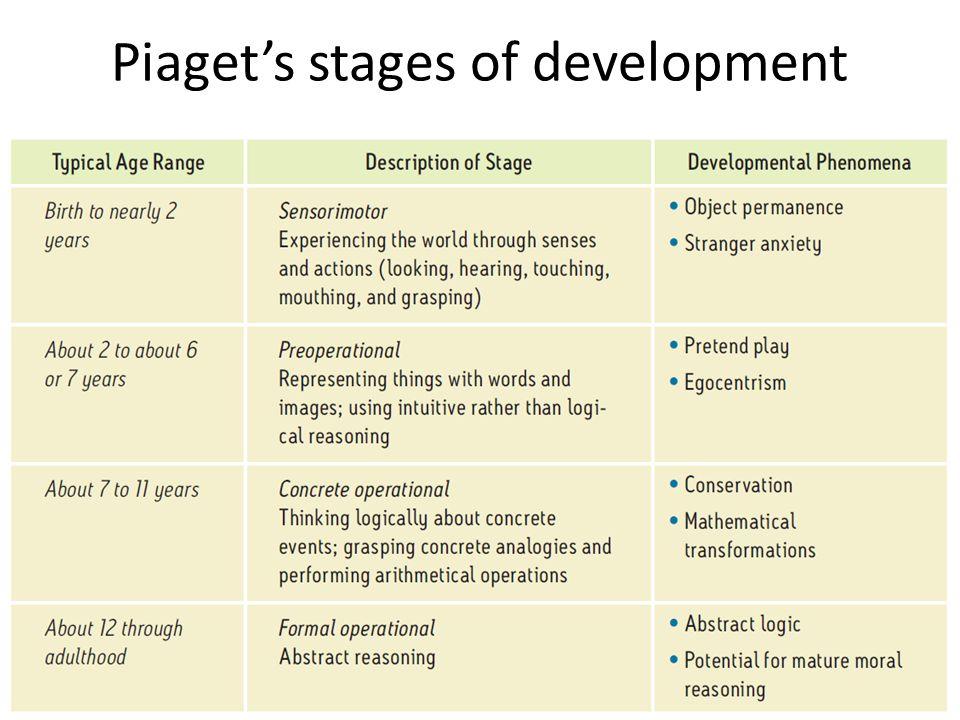 Since then, experiments with aggressive play in rats, Anthony Pellegrini's careful study of playground play, Joe Frost's 34 years of observation, and my own review of clinical data have confirmed the importance of this kind of play. Pellegrini showed that the nature of such games changes with age. Salki and similar early games can influence social problem solving, while older aggressive games help solve problems of dominance and competition later on.
Since then, experiments with aggressive play in rats, Anthony Pellegrini's careful study of playground play, Joe Frost's 34 years of observation, and my own review of clinical data have confirmed the importance of this kind of play. Pellegrini showed that the nature of such games changes with age. Salki and similar early games can influence social problem solving, while older aggressive games help solve problems of dominance and competition later on.
Joe Frost is Professor Emeritus of Education at the University of Texas. He conducts universal observations of children's play and, with their help, actively participates in the development of objects for playgrounds aimed at children from early preschool to twelve years of age. For nearly forty years at Christ the Redeemer School in Austin, he has overseen a large playground with a variety of free-play areas, which he constantly makes innovative improvements. By creating innovative equipment for the game and observing the result, he sees how many positive factors for the future life can be provided in the scenery of the playground. Frost creates an environment for young children to promote progressive exploratory play, and this environment has areas for active and spontaneous movement so that children can fully engage in romp with light supervision. Nearby, he arranged a green playground, where trees and wild plants grow - this is a place for playing alone. His conclusions are based solely on impressions, but this is the result of systematic long-term observations with subsequent informal control. Frost is deeply convinced that children's fuss and rivalry are of great value - they are a necessary and important basis for successful cooperation in society.
Frost creates an environment for young children to promote progressive exploratory play, and this environment has areas for active and spontaneous movement so that children can fully engage in romp with light supervision. Nearby, he arranged a green playground, where trees and wild plants grow - this is a place for playing alone. His conclusions are based solely on impressions, but this is the result of systematic long-term observations with subsequent informal control. Frost is deeply convinced that children's fuss and rivalry are of great value - they are a necessary and important basis for successful cooperation in society.
According to Frost, in general such games can be defined as friendly or playful struggle, but this formulation can be extended to include any active games with physical contact between children. This includes superhero games, usually inspired by movie and cartoon characters. Schoolchildren assume the roles of "good" and "bad" and play out various scenarios, playing cat and mouse, chasing, the king of the hill, pretending to be karateka.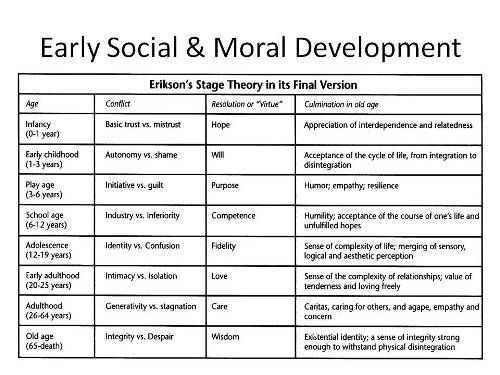 From the very beginning, in infancy, outdoor games are integrative in nature - they include preliminary elements of symbolic and organized play. Over time, they become more sophisticated, and with experience and development, they acquire the properties of organized sports.
From the very beginning, in infancy, outdoor games are integrative in nature - they include preliminary elements of symbolic and organized play. Over time, they become more sophisticated, and with experience and development, they acquire the properties of organized sports.
"Many adults, including teachers, don't distinguish playful fighting from real aggression and forbid all forms of fighting, yelling, and feigned aggression," notes Frost. “However, children know the difference between friendly and real aggression and, if they are allowed to, actively engage in “rough” games, changing them to suit the interests and / or requirements of the self-proclaimed leader.”
Over the years, we play less and less "fighting for fun", but sports, sports matches and group activities in which creative tension is not only resolved, but also encouraged, are a natural continuation of this kind of game.
Festive and ritual play
Children do not need a formal occasion to start playing, it is natural for them. However, it is important to mention the festive and ritual game as one of the types of social game. It could be a birthday celebration, a dance, a gala dinner, or a Take Me to Baseball[18] at the stadium. Children do not spontaneously initiate such things, but the social experience of rituals creates a reservoir of good memories and helps develop a taste for ritual play in adulthood.
However, it is important to mention the festive and ritual game as one of the types of social game. It could be a birthday celebration, a dance, a gala dinner, or a Take Me to Baseball[18] at the stadium. Children do not spontaneously initiate such things, but the social experience of rituals creates a reservoir of good memories and helps develop a taste for ritual play in adulthood.
Serious adult rituals are often accompanied by a celebratory game - games at a wedding banquet can serve as an example. In addition, ritual and celebration are often necessary for adults to have an "official" reason to play and maintain social control over this play pattern.
Storytelling and Narrative Play
“The wind howls outside and the rain beats on the roof. The girl's mother said that she would come out for a couple of minutes, but several hours had already passed, and it became dark, like in a dungeon. The light flickered and turned off. Terrible moans come from the basement…” Storytelling is the main way of understanding, which occupies an important place in the early development and study of oneself, the world and one's own place in it.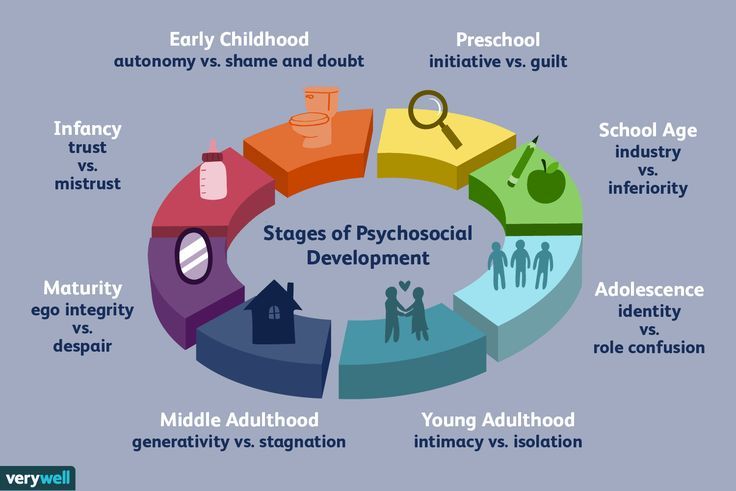 The key function of the dominant right brain is to constantly create stories about why things are the way they are; this becomes the basis for our understanding of the world. This is how we can put individual pieces of information into a single context. As we grow up, the drama of the stories feeds our interest, and the structure of the narrative shows how things really are and how they should be, whether we are listening to Sesame Street's Big Bird's views on life or Garrison Keillor's stories about life in Lake Wobegon[19].
The key function of the dominant right brain is to constantly create stories about why things are the way they are; this becomes the basis for our understanding of the world. This is how we can put individual pieces of information into a single context. As we grow up, the drama of the stories feeds our interest, and the structure of the narrative shows how things really are and how they should be, whether we are listening to Sesame Street's Big Bird's views on life or Garrison Keillor's stories about life in Lake Wobegon[19].
Stories remain the main way of understanding even in adulthood. People often decide what is good and what is bad, even in politics or on a jury, by constructing a history of events and drawing a conclusion from it. You may have noticed as you read this book that stories about game research or game situations are much more interesting and perhaps even more informative than direct scientific data. Such is the nature of man.
Telling stories, we lose the sense of time, experience pleasure and get involved in the reality of the plot, which means we are in a state of play.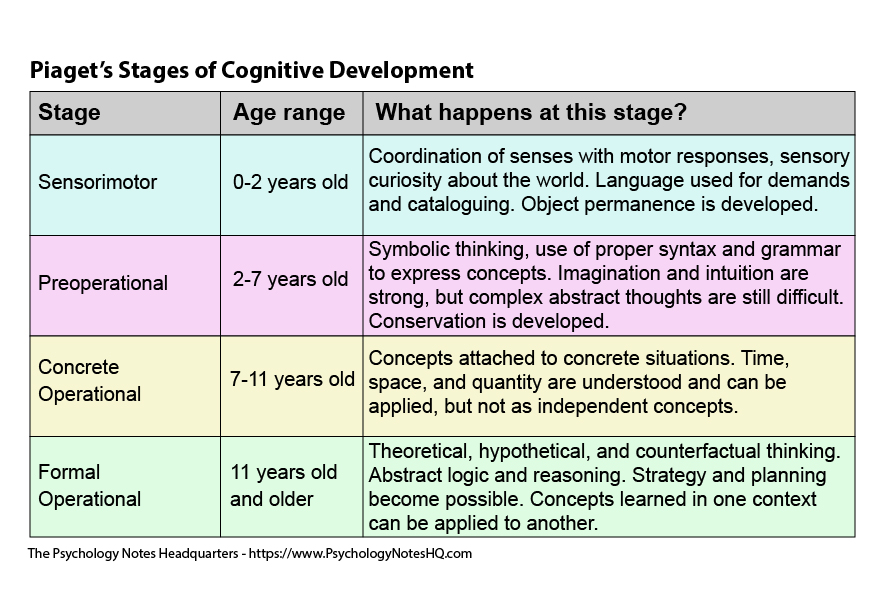
Transformative-integrative and creative play
Play can become a path to a new "I", much better attuned to the world around. The fact is that during the game we try on new types of behavior and thoughts, and therefore it frees us from established models. In children, who are constantly in the process of changing and becoming, transformative play is an integral manifestation that is often overlooked.
However, for children who find themselves in a real impasse in life, such a game can become a source of vivid and dramatic transformation. While working on The Promise of Play for PBS, our team was allowed to follow the progress of a nine-year-old girl who was found to be depressed, friendless, and unable to play. Her teacher, a professional play therapist, arranged for the girl to have group sessions under the Positive Play Intervention program. We watched the girl and made a film about her for four months. As she began to demonstrate basic play patterns, dance, play with toys in the dollhouse, and so on, her aloof and inappropriate social behavior began to change and her mood to rise.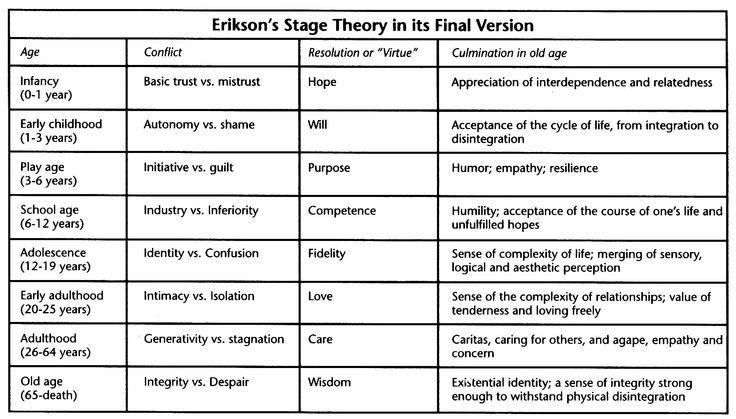 During the last filming, our group shed tears watching her joyfully and freely play on the court with friends (who had previously chased her away because of her strange unwillingness to play) and showed affection for the teachers. It was her involvement in the game that transformed her, not the instructions of the teacher. Thanks to the game, her inner stories from lifeless and sterile turned into rich and rich.
During the last filming, our group shed tears watching her joyfully and freely play on the court with friends (who had previously chased her away because of her strange unwillingness to play) and showed affection for the teachers. It was her involvement in the game that transformed her, not the instructions of the teacher. Thanks to the game, her inner stories from lifeless and sterile turned into rich and rich.
By incorporating play fantasy at any age, we change the reality of everyday life and, in the process, generate new ideas and ways of being. For adults, dreams can be expressed in new ways of doing business. Fantasies can lead to new love. Visualization can become the basis for a home renovation or a new invention. Creative play takes us to places we've never been and shows us the untrodden paths reality can take. So Einstein put forward the theory of relativity, imagining how he rides in a tram at the speed of light. And just like that, a group of fun designers from IDEO came up with an indoor dog trainer.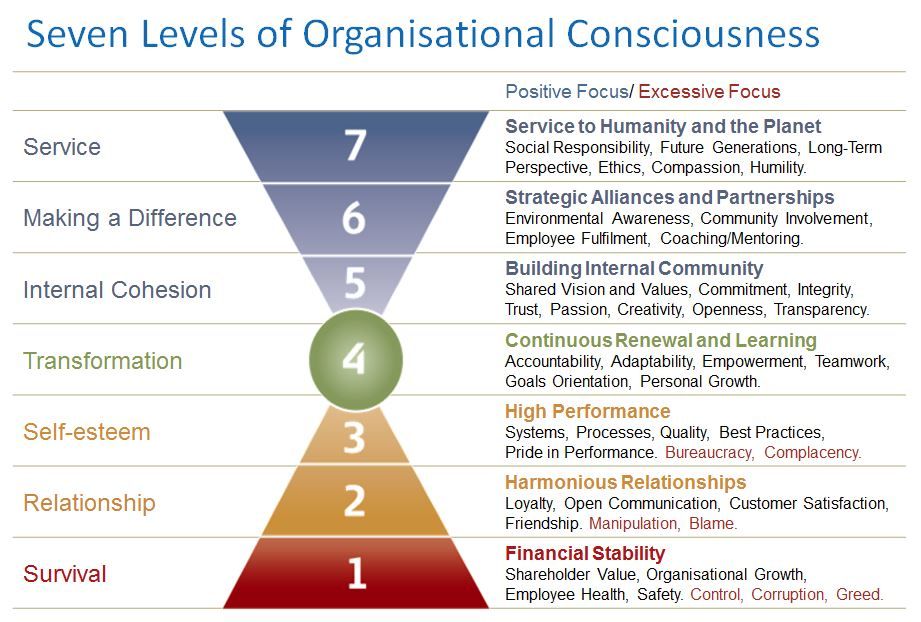 In both cases, people used playfulness to create and innovate.
In both cases, people used playfulness to create and innovate.
In a healthy family, these stages of play come naturally, as a property of the child's nature. Parents who provide an atmosphere of love and security and set an example for children to play allow this natural attraction to be realized. If these elements are not present, children may lack certain manifestations of natural play states. I had the opportunity to observe how this happens, using an example from life, and this experience both upset me and enlightened me.
Social facilitation
social facilitation According to the main position of the theory of social psychology, being alone, we are much more relaxed; we are not worried about how our actions and actions look from the outside. If at least one person is included in this equation, our
Social need
social need I contend that much of the serious criticism of our culture has more than anything to do with a lack of creativity.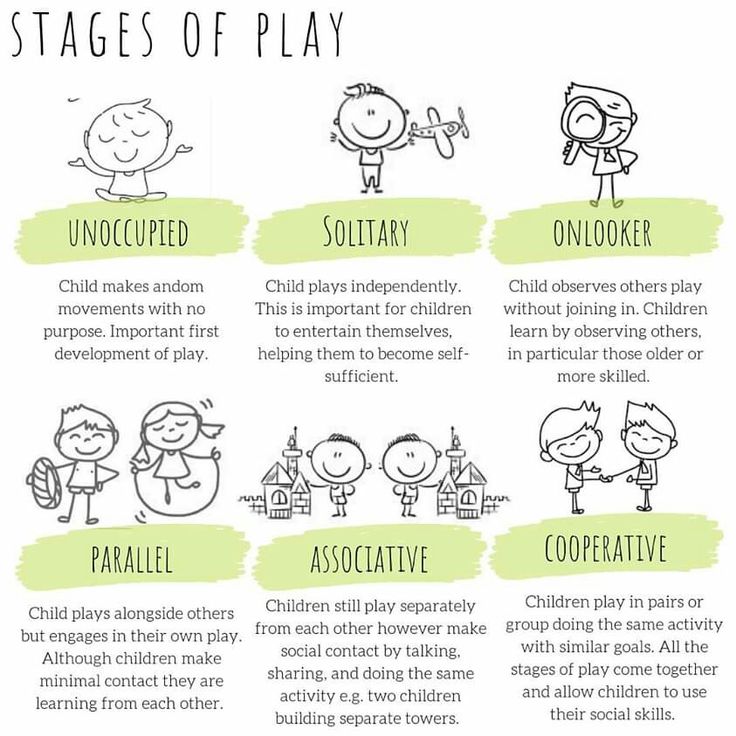 Let us briefly dwell on some remarks. After getting an education, we usually become conformists with stereotyped thinking, people
Let us briefly dwell on some remarks. After getting an education, we usually become conformists with stereotyped thinking, people
4.3. Social setting
4.3. social attitude Social attitude is one of the main categories of social psychology. The social attitude is designed to explain all social behavior of a person. In English, the concept of “attitude” corresponds to the social attitude, and it was introduced into the scientific
Social Norm
social norm Since man is a social animal, it is in our collective interest not to lie, cheat, or exploit each other as a group. All sorts of scammers use this to manipulate us. They know that most people are kind and
A. Play and social environment
A. Play and social environment A sudden emerging identity bridges the stages of childhood, when the bodily self and parental images are given their cultural connotations; it also bridges the stages of early adulthood, when many social0003
3.
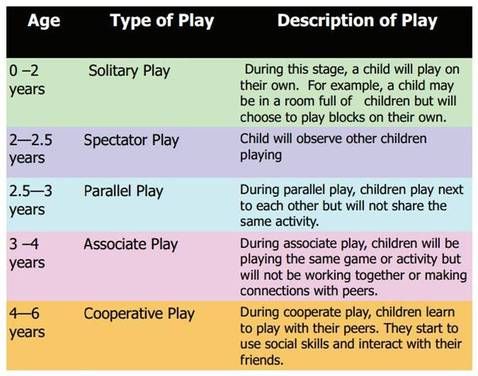 Playing with soldiers or playing with a doll
Playing with soldiers or playing with a doll 3. Playing with soldiers or playing with a doll The first group of variants is formed by factors that form the socio-sexual role of an individual - male or female. This means whether the individual receives a preference for male professions, male clothing, appropriate position in society and
SOCIAL ACTIVITIES
SOCIAL ACTIVITY Social activity is divided into what a man and a woman do when they are alone, what they do with friends, and what they do with each other. For example, a man might write in his plan that he wants to take courses at a community college and
Social psychology
Social Psychology Social psychology must develop into something more than the study of imitation, prejudice, hatred, hostility. All this is rare in healthy people.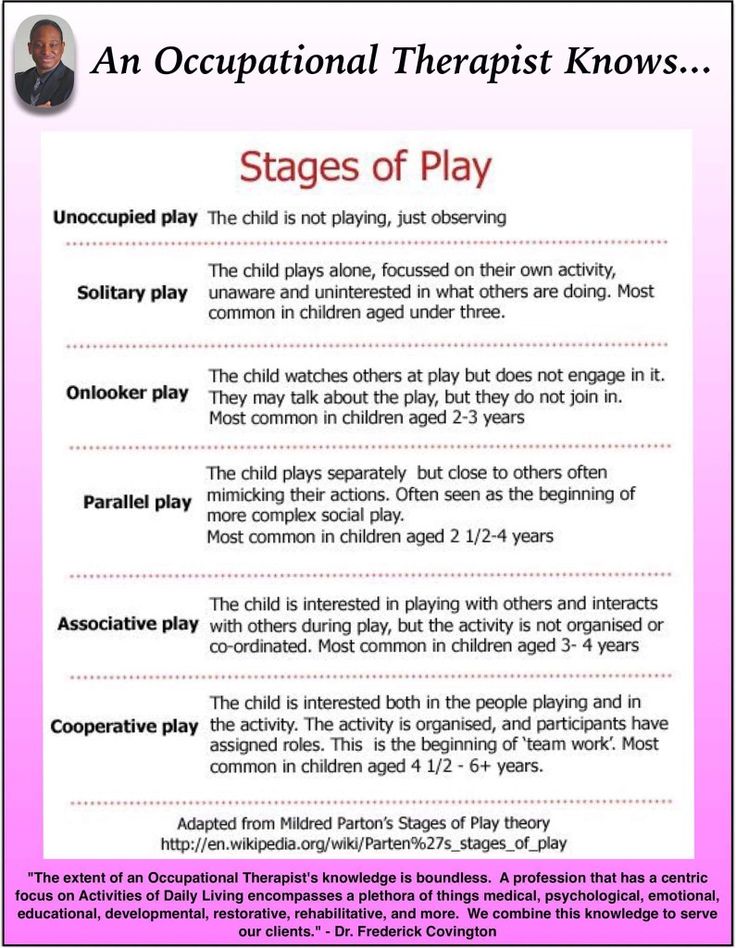 Possible subjects of research: the theory of democracy, anarchy. Democratic
Possible subjects of research: the theory of democracy, anarchy. Democratic
Social installation
social attitude The temperament of the cycloids determines the nature of their social attitude, as has already been pointed out. They have a need to speak out, to laugh and cry, in the closest natural way they strive for what sets their soul in adequate motion,
Nature social
nature is social Exactly the same indistinct relations we have with social nature. As a rule, "everyone knows everything" about social nature. “What, we don’t live, or what?” “What do you want to say, Igor Nikolaevich, that I don’t live, or something?” On the contrary, I want to say that you are chewing. She (life)
Social game in the format of socio-psychodrama "City, or I want to tell you" (from 14 to 21 years old)
Social game in the format of socio-psychodrama "City, or I want to tell you" (from 14 to 21 years old) annotation The game was created as part of the company's social project activities to work with students, orphans, students of private schools.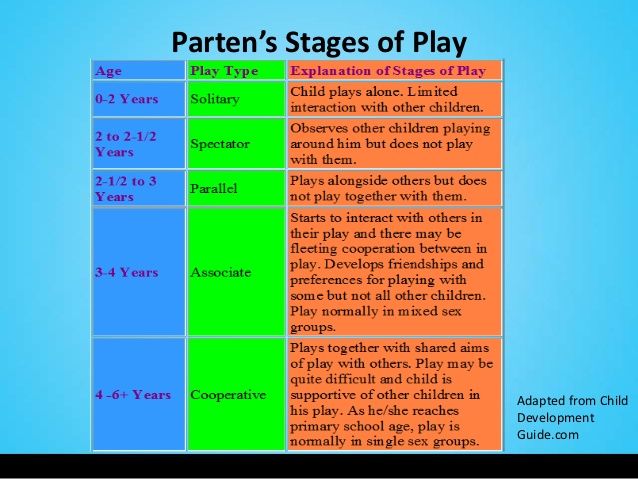 The game can be used like
The game can be used like
HSP and social responsibility
HSP and social responsibility All of the above is not meant to get more HSPs out of the battle for social justice and ecological balance. On the contrary, our participation in this battle is necessary, but at the same time we must act with our own
Stages of game development. Fun educational games for toddlers
Stages of game development
- I. Play - research, play - communication
- Hits a toy, shakes a rattle, exchanges sounds with adults, etc. (3-4)
- Uses a "repertoire" of several simple actions when examining objects (feels, knocks, twirls, throws, etc.). (7-9)
- II. Imitation game
- Imitates speech sounds.
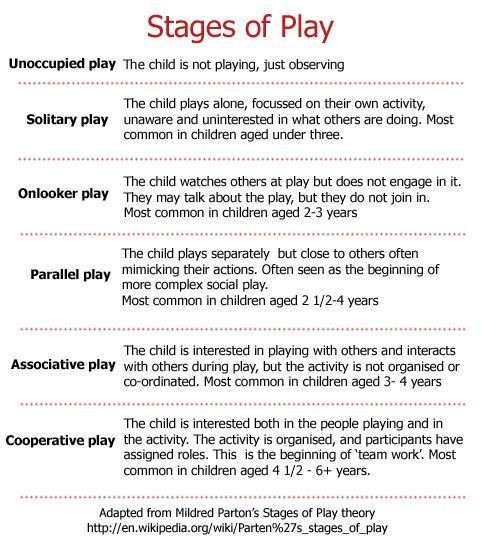 Imitates individual actions of adults with objects (trying to kick a ball, make sounds from a metallophone, put rings on a pyramid rod, put a rubik's cube, etc.). (10-12)
Imitates individual actions of adults with objects (trying to kick a ball, make sounds from a metallophone, put rings on a pyramid rod, put a rubik's cube, etc.). (10-12)
- III. Imagination game
- Functional play : The child reproduces learned actions with objects "pretend", using toys ("feeds" and "baths" the doll, "drinks" from a cup, etc.). (16-18)
- Role-playing game : The child acts as another person - a member of the family or a representative of any profession, a character in a fairy tale. He can play the role himself or endow it with a toy man or animal. During such a game, the child usually speaks for all the characters. (24-30)
Educational games
GAME: “PULL-UPS”
Then put it on a table or sofa. The projectile for performing the exercise is your fingers, carefully hold its handles with your free fingers, fix your hands in this position, pull the baby towards you a little.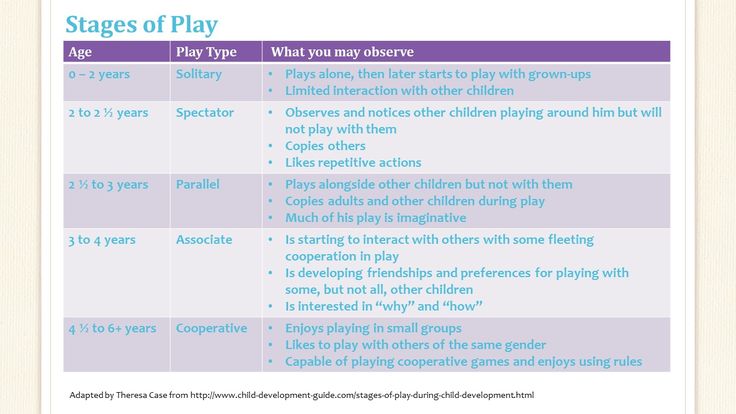 The child grabs your fingers tightly, that you feel his strength, he begins to pull himself up. Watch your baby carefully. If you feel that he is already tired and his hands begin to tremble, let him go to his original place. At the end of the game, be sure to praise the child, hug, kiss.
The child grabs your fingers tightly, that you feel his strength, he begins to pull himself up. Watch your baby carefully. If you feel that he is already tired and his hands begin to tremble, let him go to his original place. At the end of the game, be sure to praise the child, hug, kiss.
GAME: "I SEE"
Your baby is lying on his back, before starting the game, talk to him for a few minutes, gently touch him, smile.
Move a bright, pleasant-sounding toy in front of the baby's eyes at a distance of 30 cm, increase the speed of the toy gradually. The movement of the toy goes until it completely disappears from the field of view. The toy should appear in the baby's field of vision at the starting point of the movement. Repeat this action 2-3 times, while emotionally coloring the moment the child fixes the toy in your field of vision with your voice. Cheer him up, rejoice with him. As the child has mastered this game, again go to the complication.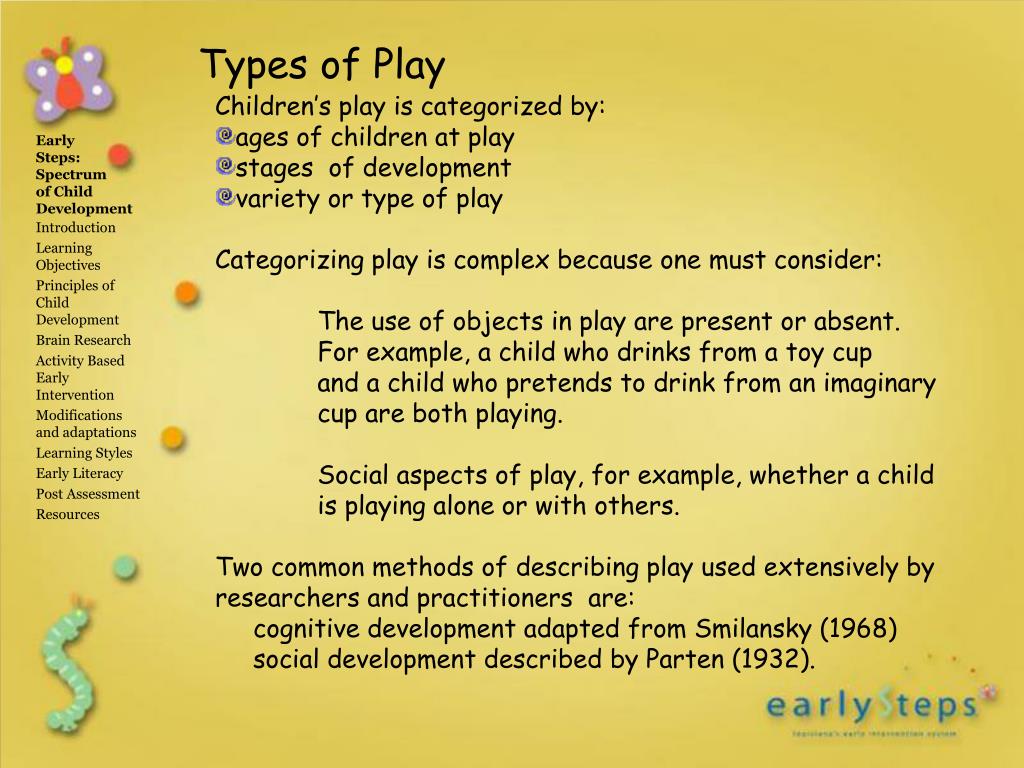 Change the time the toy appears, the speed of its movement, change the familiar toy to a new one, at first brighter, later on to a more ordinary one, otherwise making sounds or “silent”.
Change the time the toy appears, the speed of its movement, change the familiar toy to a new one, at first brighter, later on to a more ordinary one, otherwise making sounds or “silent”.
After the end of the game, praise the baby with your voice and smile, pick it up, kiss it.
GAME: "WHO IS IT"
Every time dad comes home, ask the child the question: "Who came to us there?" When you see a person who has entered, tell the baby: “Dad has come,” while speaking in a joyful voice. The person who entered must definitely pick up the game, smile at the baby, it is advisable to take him in his arms, hug him, kiss him.
The kid not only recognizes the person who entered, he recognizes his touches, the habitual movements that the person who enters makes. Over time, the baby will respond to the hands extended to the baby with the same gesture, and subsequently he himself will be the first to stretch his hands to the dad who has come or another family member. Praise your child for being kind to people.
Praise your child for being kind to people.
MAGIC WORDS GAME
Sit next to a toddler playing. Play a little with him, talk, repeat his “favorite words”, adjust to his intonation and mood. Ask the child the question: “Where does Natasha (child’s name) have the ball?”, The child begins to look for the ball with his eyes and move in its direction. When the child has picked up the ball, ask the child: "Give me the ball, please." After the ball is in your hands, say thank you to the child, as well as a few words about the toy: “A round ball, beautiful, but what a bouncing one, look how it bounces!” Throw the ball up when it starts to jump, joyfully say: “It's fun to jump, one, two, three, let's catch up with it,” and then try to catch up with the ball with your child. Do something similar with other toys, improvise, put the toys away after the game. Praise your child at the end of the game.
Where does the toy sound?
Purpose: to form the visual-auditory perception of children in the process of playing actions, to develop an understanding of elementary instructions due to the situation, to teach them to follow by imitation.